A roof is one of the most important investments you can make in your home. It protects everything and everyone inside from the elements, and a good roof should last between 20-50 years depending on its material. However, no matter how well constructed it may be, all roofs will eventually need to be replaced due to age or damage. Knowing when to replace your roof and why it matters is essential for keeping your home safe and sound. Replacing an aging or damaged roof not only prevents water damage but also offers long-term financial savings as well as improved energy efficiency that comes with modern materials like metal panels or shingles coated with ceramic granules or reflective pigments. In this article, we’ll discuss some key signs that indicate it’s time to replace your old roof before disaster strikes!
How do you know when it’s time to replace your roof?
Knowing when to replace your roof is an important decision that can help you save money in the long run and protect your home from water damage. There are several telltale signs that indicate it’s time to replace your existing roof, such as dark spots or patches on the ceiling, missing shingles, cracked or curled shingles, deterioration of flashing around chimneys or vents, granules accumulating in the gutters, sagging areas on the roof’s surface, increased utility bills due to poor insulation, and dampness on interior walls and ceilings.
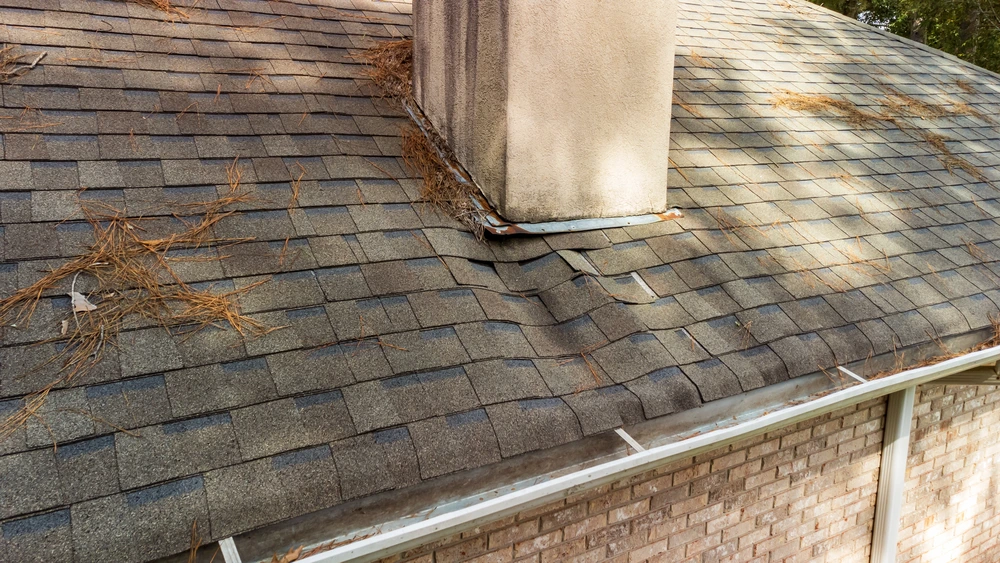
Dark spots or patches on the ceiling could be a sign of water damage that should not be ignored. When water finds its way through minor defects in a roof it can cause serious damage to your home’s structural integrity and compromise its value over time. Missing shingles may also be indicative of advanced wear and tear which can put your home at risk for rainwater infiltration. Cracked or curled shingles are another hint that it may be time for a new roof installation as they may no longer provide adequate protection against water and wind damage. Deterioration of flashing around chimneys or vents is an indication that there are weak points in the system which should be addressed with a new installation before further problems arise. Granules accumulating in gutters is another indication that the top layer of asphalt material is wearing away; this leaves your home exposed to potential water infiltration. Sagging areas on the roof’s surface could mean that there has been significant moisture build-up beneath the shingles which can lead to wood rot if left unchecked. Finally, increased utility bills due to inadequate insulation are a sign that replacing an aging roof with modern materials such as metal panels or reflective pigments could significantly reduce energy costs over time.
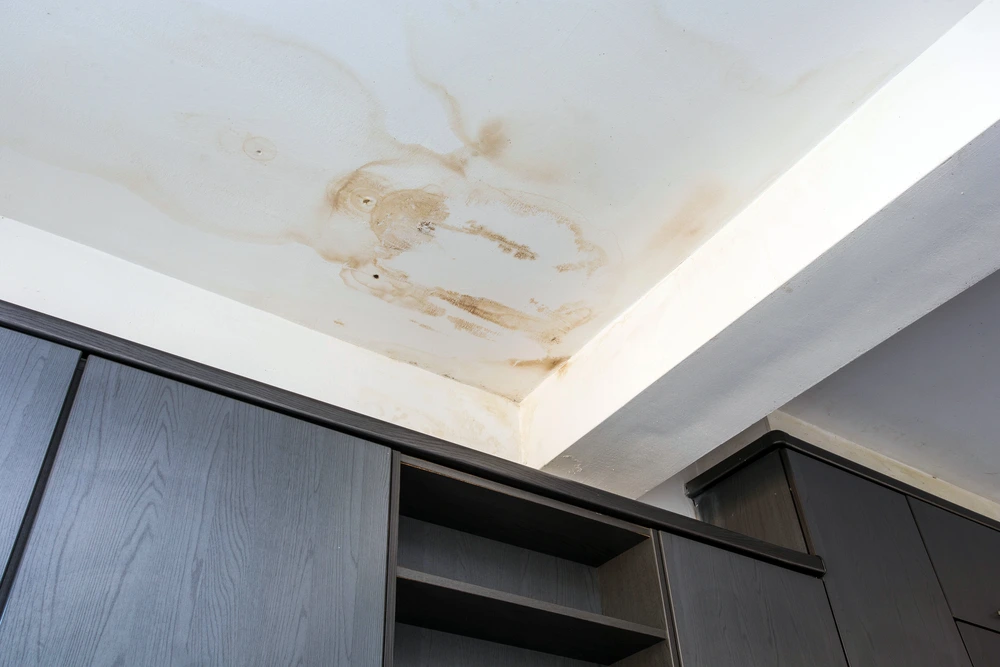
Ultimately, knowing when to replace your old roof before disaster strikes requires regular maintenance and vigilance so you can identify any signs of trouble early on. It’s important to have a professional inspect your roof annually so you can stay ahead of any potential issues before they become more costly problems down the line. Keeping an eye out for these warning signs will ensure you get maximum life out of your existing roof while protecting yourself from costly repairs in the future.
How long do roofs last typically?
The expected service life of a roof will depend largely on the type and quality of materials used, as well as the environment in which it is installed. Generally speaking, roofs made with asphalt shingles will last between 15-20 years before they need to be replaced. Other materials such as metal panels or tiles can last much longer; up to 50 years for some types.
When considering the longevity of a roof, other factors should also be taken into account. Poor installation or inadequate maintenance can reduce the lifespan significantly, whereas regular inspections and maintenance can significantly increase its effectiveness and extend its life up to 50% beyond expectations. Weather patterns and environmental conditions like extreme temperatures, salt air exposure, and frequent storms can also have an impact on how long your roof will last before replacement is necessary. Additionally, if you live in an area that experiences extreme weather conditions such as hail or high wind speeds, upgrading your roof with impact-resistant materials may help it withstand these more aggressive environmental elements.
What are some signs of roof damage?
One of the most common signs of roof damage is missing or broken shingles, which leave the underlying material exposed to environmental elements such as wind, rain and snow. Damaged or missing shingles can also compromise a roof’s ability to shed water which can lead to water infiltration problems within the home. In addition, signs of advanced wear and tear may include cracked or curled shingles, as well as deterioration of flashing around chimneys or vents. These weak points in the system should be addressed as soon as possible with a new installation before further issues arise. Other indicators of roof damage include granules accumulating in gutters, sagging areas on the roof’s surface, flashing that has come loose around skylights and chimneys, dampness on interior walls and ceilings, and increased utility bills due to poor insulation.
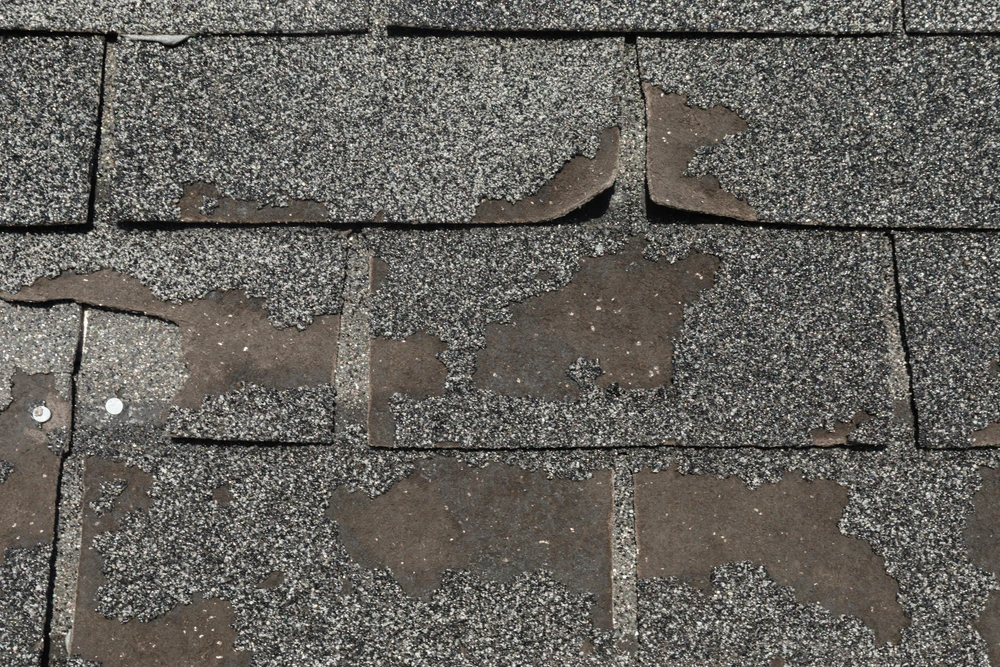
Inspections should also be carried out for dark spots or patches on the ceiling which could be an indication of water damage that shouldn’t be ignored. When water finds its way through minor defects in a roof it can cause serious structural damage and reduce its value over time. Other signs of water infiltration include cracks along walls near windowsills or doors; peeling paint; mold or mildew growth; wood rot; bubbling in shingles; and rust stains around vents or where metal flashing is used.
Additionally, it’s important to keep an eye out for hazardous materials like asbestos which were commonly used in older roofs but have since been outlawed due to health concerns. Asbestos particles can become airborne when disturbed and pose potential health risks if inhaled – especially during roof repair work – so any suspected asbestos containing materials should be tested by a professional before work commences.
Regular maintenance and vigilance are key when it comes to identifying any signs of trouble early on including those associated with roof damage. Regular inspections should also be carried out by a professional who is able to detect potential issues before they become more costly problems down the line. Keeping up with regular maintenance will ensure you get maximum life out of your existing roof while protecting yourself from expensive repairs in the future.
Do weather conditions affect the life of my roof?
Yes, weather conditions can have a significant impact on the life of your roof. Extreme temperatures, salt air exposure, and frequent storms can cause damage to materials such as shingles over time. High winds can also loosen or detach shingles from the roof surface leading to leaks and further damage. Hailstones are another major problem for roofs, causing dents or fractures that weaken the structure’s integrity. In areas that experience frequent hail storms, installing an impact-resistant type of shingle may be beneficial for those looking for additional protection against extreme weather conditions.
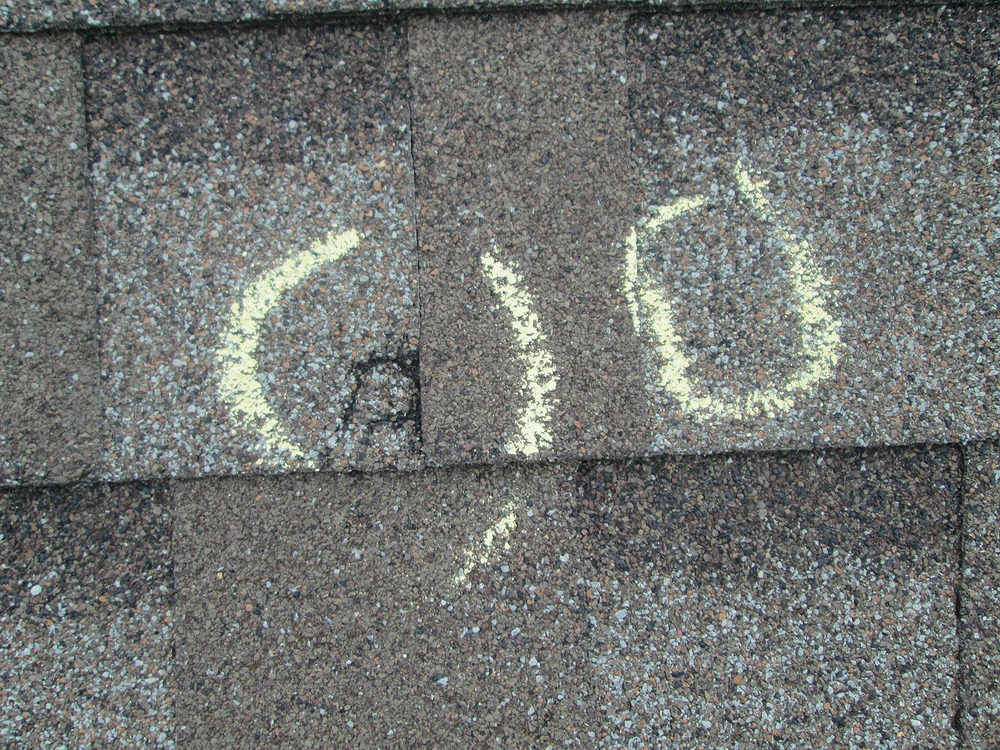
Prolonged exposure to sun and heat can also quickly break down asphalt shingles due to its chemical composition; therefore regular inspections should be carried out during summer months as well. An aging roof may also become brittle in colder climates from repeated thermal shocks resulting from thaw cycles which could result in cracked tiles or buckling slates which need replacing soon after onset of symptoms before complications arise with water infiltration issues leading to even more costly repairs down the line.
While proper maintenance is always important when it comes to preserving your roof’s lifespan; bad weather certainly doesn’t help either requiring homeowners living in such climates investing extra effort into protecting their home
Will replacing my old roof help with my homes energy efficiency?
Replacing an old roof with a new one can have a significant impact on the energy efficiency of a home. As roofs age, they become less effective at insulating the home and blocking out outdoor air, allowing for heat to escape during cold months and warm air to enter during hot months. This results in higher energy bills as colder or warmer air needs to be replaced with conditioned air more frequently. Replacing an aging roof with a modern version eliminates this loss of energy and helps create a more efficient living environment.
The type of material used in the installation also plays an important role in how efficient the new roof will be. For instance, metal roofs are known for their excellent thermal properties; keeping heat out during summer and trapping it inside during winter months. Additionally, metal roofs come in many styles that can help reduce solar heat gain which is often responsible for increasing the temperature inside homes located in hot climates.
It’s also important to consider other aspects such as ventilation when replacing your old roof as this can help minimize attic temperatures thus preventing deterioration of shingles over time and reducing energy consumption from cooling systems due to better airflow. Installing good quality attic insulation is another effective way to reduce energy consumption as it helps keep unwanted heat away from the living space while allowing for cooler air coming from outside to circulate throughout the house – providing natural ventilation without compromising indoor comfort levels. Properly installed vents and ridge caps also aid in preventing moisture build-up which can lead to mold growth if left unchecked; further contributing towards increased energy costs stemming from increased humidity levels within the home’s living spaces. Adding reflective coating or membranes on top of existing roofing material is another way homeowners can reduce their utility costs while preserving indoor climate control at optimal levels year round by helping keep excess heat out while reflecting infrared radiation away from the surface below.
Replacing your old roof with a newer version is one of the most effective ways of improving your home’s energy efficiency – not only does it prevent loss of conditioned air but it also helps keep uncomfortable temperatures away from its inhabitants resulting in greater savings on utilities over time. With proper maintenance and careful selection when choosing materials for installation, homeowners can enjoy improved comfort levels all year round while reducing their monthly expenses significantly moving forward.
Does hail affect the lifespan of my roof?
Yes, hail can affect the lifespan of your roof. If it is large enough and hits the roof hard enough, it can cause significant damage to shingles or other roofing materials. This could result in leaks and other structural weaknesses that will gradually reduce the lifespan of the roof if not addressed quickly.
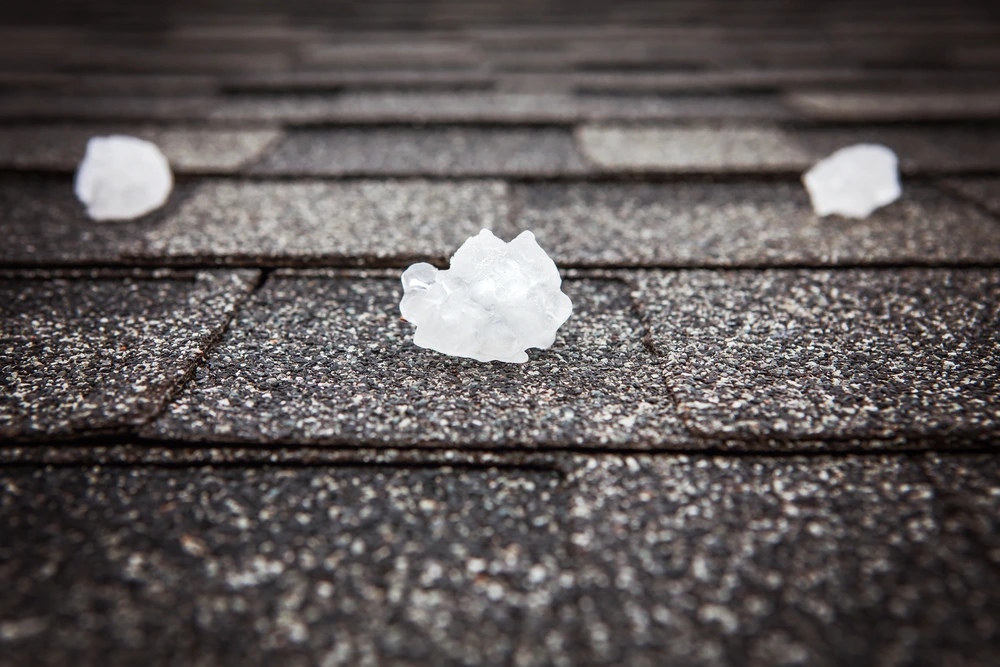
Additionally, hail can create cracks and holes in roofs which allow moisture to seep in resulting in faster deterioration of material over time due to water infiltration. It’s important to inspect your roof regularly for any signs of damage caused by hail so that repairs can be made before any further problems arise.
Roofs that are made from softer materials, such as wood shingles or asphalt shingles, are more susceptible to hail damage than roofs made from harder materials such as metal or slate. These softer materials can be easily cracked and punctured by larger hailstones, resulting in leaks and other structural weaknesses. Additionally, flat roofs can be particularly susceptible to hail damage due to their inability to shed water quickly in the event of a storm. Therefore it is recommended that homeowners consider installing heavier-duty material when constructing a flat roof in areas with frequent hail storms.
Conclusion
Replacing your old roof is an important decision that should not be taken lightly. It’s essential to consider all factors such as material, ventilation and insulation when choosing a new roof for your home in order to ensure it lasts longer and provides the best protection from weather elements like hail. Moreover, having regular inspections done can help detect any damage caused by hailstorms quickly so that repairs can be made before further structural problems occur. With careful consideration of these points and proper maintenance over time, homeowners will have peace of mind knowing their roofs are well-protected against adverse weather conditions while also providing increased comfort levels within its living spaces year round.


